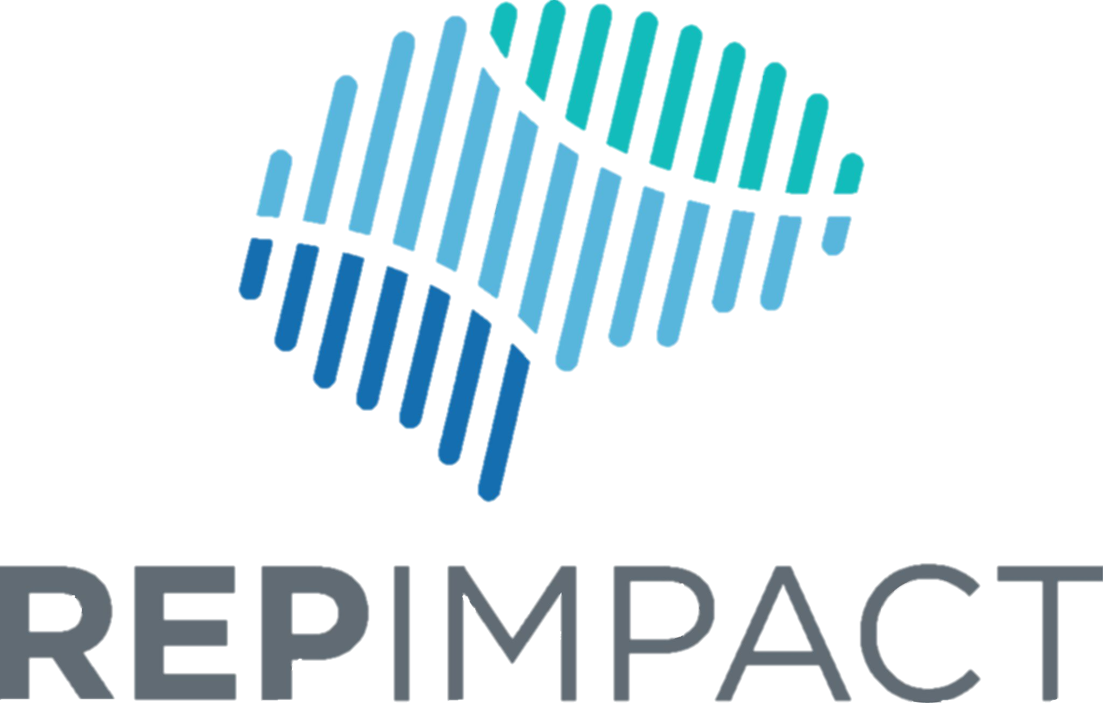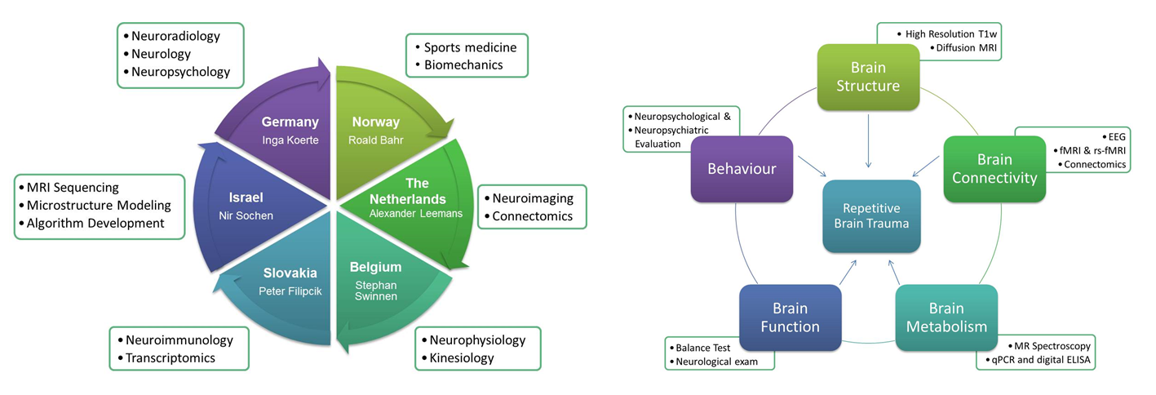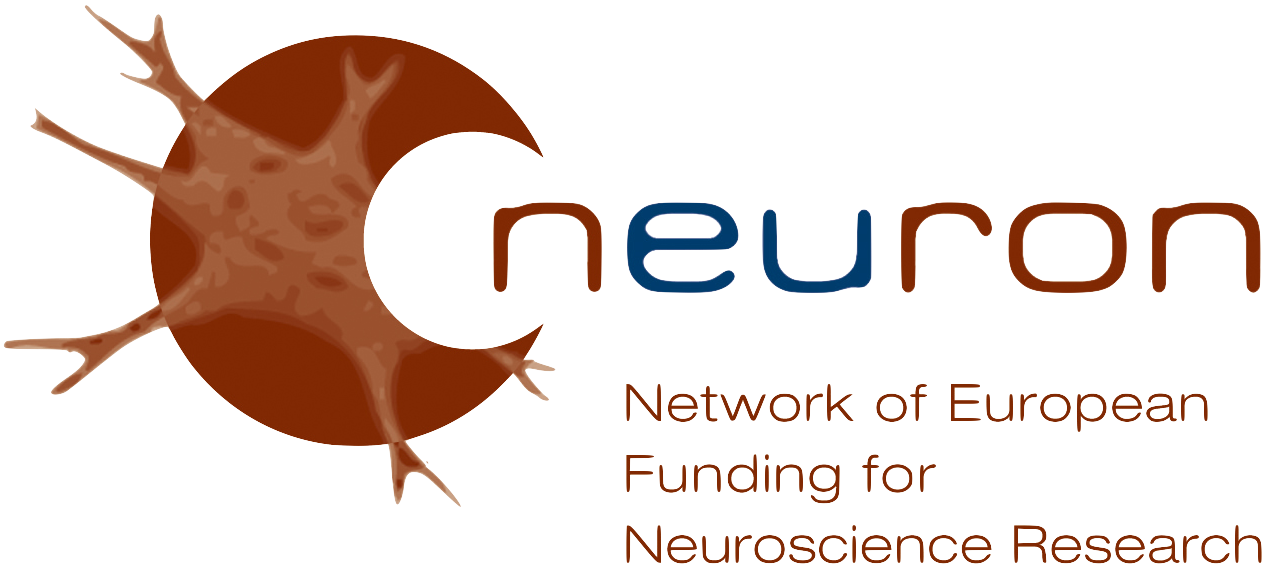Study Description
Heading the ball in soccer can lead to subconcussive blows to the head. Until recently, technical limitations have made it nearly impossible to detect subtle brain alterations following repetitive subconcussive brain trauma. Using highly sensitive neuroimaging techniques, we have now demonstrated for the first time alterations in the brain’s microstructure in soccer players who are at high exposure to repetitive subconcussive impacts. This finding is not only very alarming given the more than 250 million soccer players worldwide, but, and most importantly, it suggests that even repetitive subconcussive blows to the head may lead to long-term alterations of the brain’s structure and function.
The overarching aim of this project is to detect and to characterize alterations in the brain’s structure, function and connectivity due to exposure to repetitive subconcussive brain trauma and to identify the role of risk factors.
We performed a multidisciplinary, longitudinal study, which follows young professional youth soccer players over time, and uses cutting-edge neuroimaging and biochemical techniques. By focusing on soccer as an example of a sport where subconcussive blows are commonly observed, we can begin to understand the risks of repetitive subconcussive blows to the head, and, most importantly, we can begin to understand which factors determine recovery versus those factors that lead to persistent symptoms, cognitive impairments, and brain alterations. The results of this project will dramatically change our understanding of the effects of subconcussive brain trauma and it will lead to a new understanding of underlying causes and risk factors.



